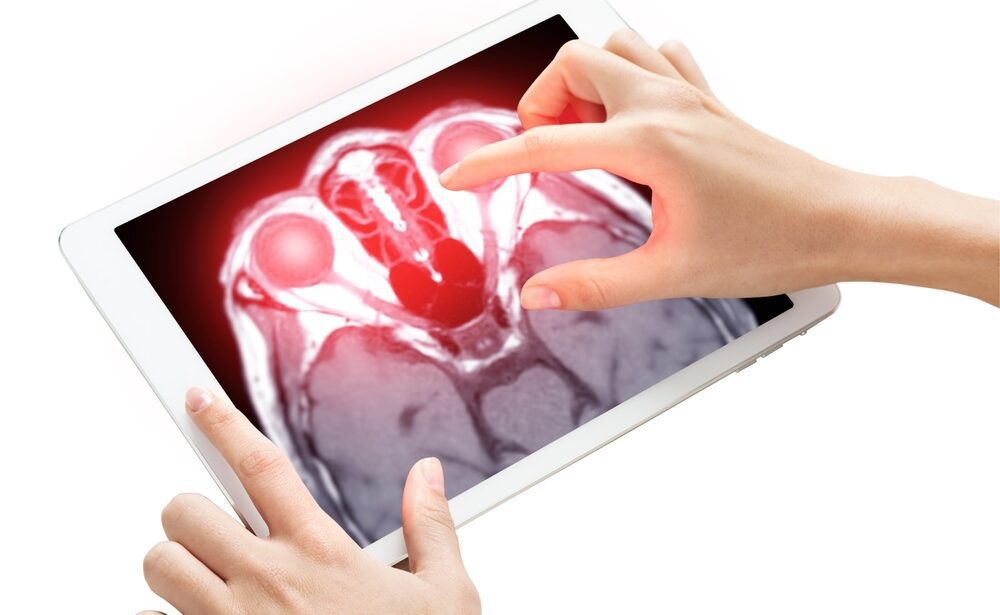Overview
A comprehensive clinical evaluation is a critical component of patient care that involves obtaining a detailed medical history and conducting a thorough physical examination. This process is essential for accurately diagnosing medical conditions, developing effective treatment plans, and providing ongoing management for patients. It is especially important in the context of musculoskeletal disorders, chronic diseases, and other complex health issues.
Indications for Comprehensive Clinical Evaluation
A comprehensive clinical evaluation is indicated for a variety of clinical scenarios, including:
- New Patient Assessments: Initial evaluation of new patients presenting with musculoskeletal complaints or chronic health conditions.
- Follow-Up Visits: Regular assessments for patients with ongoing health issues or those undergoing treatment for specific conditions.
- Preoperative Evaluations: Assessing patient health status prior to surgical interventions.
- Chronic Disease Management: Monitoring and managing chronic conditions such as diabetes, hypertension, and arthritis.
- Screening for Comorbidities: Identifying additional health concerns that may affect patient care and treatment options.
Components of Comprehensive Clinical Evaluation
- Detailed Medical History:
- Chief Complaint: Identifying the primary reason for the patient’s visit.
- History of Present Illness (HPI): A thorough account of the current condition, including onset, duration, severity, and associated symptoms.
- Past Medical History: Review of previous illnesses, surgeries, hospitalizations, and ongoing health conditions.
- Medications: Documentation of current medications, including prescription drugs, over-the-counter medications, supplements, and any recent changes in medication regimens.
- Allergies: Assessment of any known allergies or adverse reactions to medications, foods, or environmental factors.
- Family History: Gathering information about the health status of immediate family members, focusing on hereditary conditions or diseases that may affect the patient.
- Social History: Understanding the patient’s lifestyle, including smoking, alcohol consumption, exercise habits, occupation, and living situation.
- Review of Systems: A systematic inquiry into various body systems to identify any additional symptoms or concerns not directly related to the chief complaint.
- Physical Examination:
- General Assessment: Evaluation of the patient’s overall appearance, level of comfort, and vital signs (e.g., blood pressure, heart rate, respiratory rate, temperature).
- Musculoskeletal Examination:
- Inspection: Observing the affected joints and soft tissues for swelling, redness, deformities, or abnormal posture.
- Palpation: Assessing joints, muscles, and soft tissues for tenderness, warmth, or swelling.
- Range of Motion (ROM): Evaluating both active and passive range of motion in affected joints to assess flexibility and function.
- Strength Testing: Evaluating muscle strength around joints to identify any weakness or functional impairment.
- Special Tests: Performing specific orthopedic tests to assess joint stability, identify tears or impingements, and evaluate for other musculoskeletal pathologies.
- Neurological Examination (if applicable): Assessment of sensation, reflexes, and motor function to rule out any neurological involvement in the patient’s symptoms.
Benefits of Comprehensive Clinical Evaluation
- Accurate Diagnosis: A thorough history and examination increase the likelihood of accurate diagnosis and identification of underlying health issues.
- Individualized Treatment Plans: Detailed evaluations allow healthcare providers to develop personalized treatment plans tailored to the patient’s unique needs and circumstances.
- Improved Patient Outcomes: Comprehensive evaluations facilitate timely interventions, leading to better management of acute and chronic conditions and improved health outcomes.
- Enhanced Patient Education: The evaluation process provides an opportunity for healthcare providers to educate patients about their health conditions and promote adherence to treatment plans.
Possible Risks and Limitations
- Patient Discomfort: Some aspects of the physical examination may cause temporary discomfort or anxiety for the patient.
- Inaccurate Information: Reliance on patient-reported history can lead to inaccuracies if patients are unable to provide complete or accurate information.
- Time Constraints: A thorough evaluation may require significant time, which can be challenging in busy clinical settings.
Final Results
With a comprehensive clinical evaluation, patients can expect:
- Holistic Understanding of Health: A thorough assessment leads to a comprehensive understanding of the patient’s health status and contributing factors.
- Targeted Interventions: Identification of specific areas needing intervention enables effective treatment and management strategies.
- Ongoing Monitoring and Support: Establishment of a foundation for ongoing follow-up and support in managing health conditions over time.

